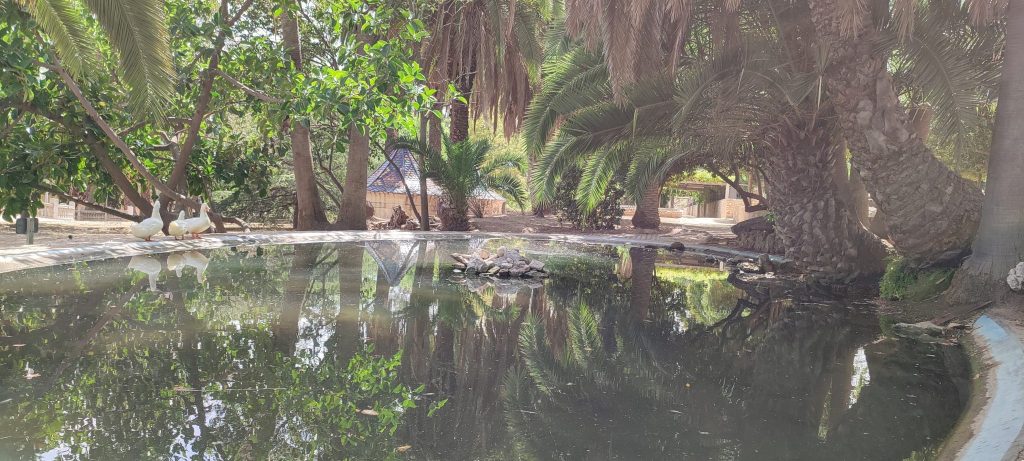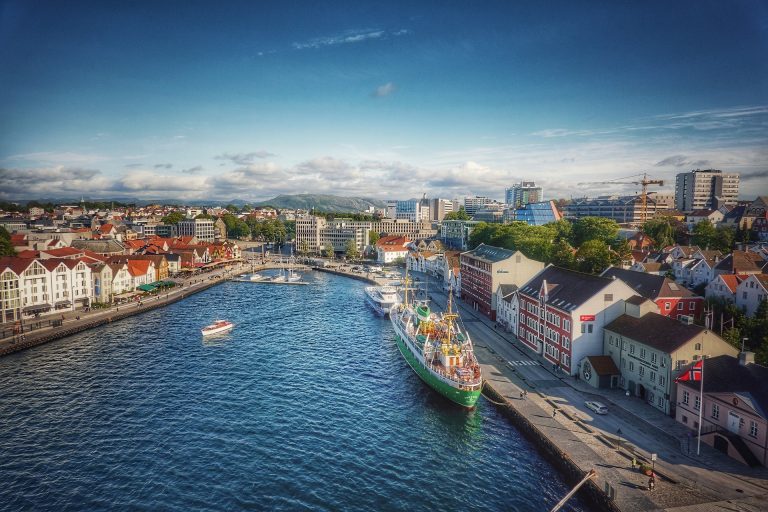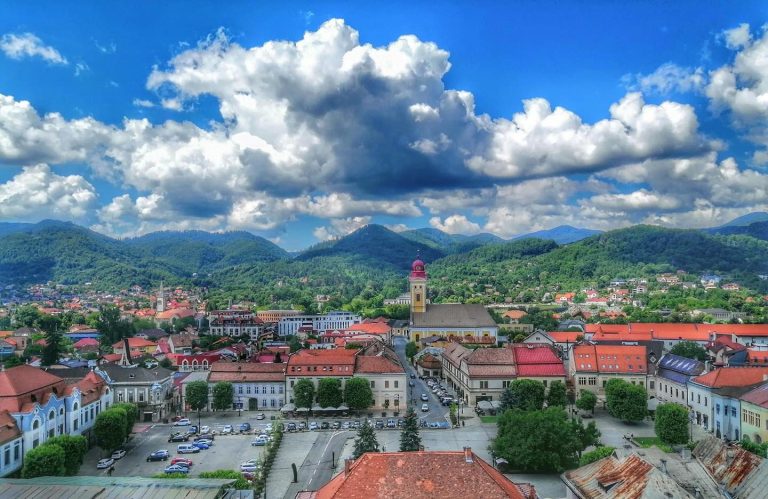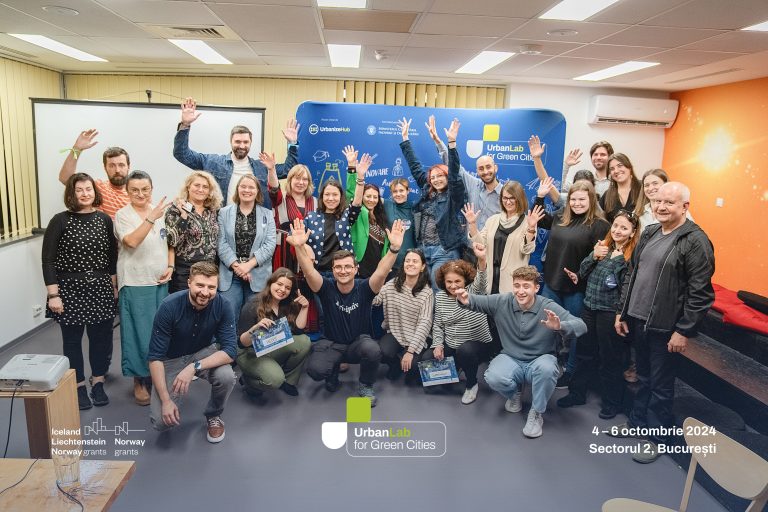Green spaces are not just places to relax in the Barcelona Metropolitan Area. The 52 parks can be considered ecosystems that provide a habitat for the animals that live in the area and that function as climate refuges for citizens. Area Metropolitana de Barcelona manages to effectively manage the parks it is responsible for and achieve results for what environmental education means.
AMB manages the promotion of parks and the activities that take place there, but the control and maintenance of green spaces belongs to each municipality that is part of the Metropolitan Area. Even during the drought, when it is forbidden to water the grass, we saw well-kept parks with pigeons, parrots and ducks living without being bothered by the visitors. Dina Alsawi, Head of the Green Spaces Department, spoke to us about the best practice models that AMB has developed in recent years and that have attracted the attention of other metropolitan areas or cities.
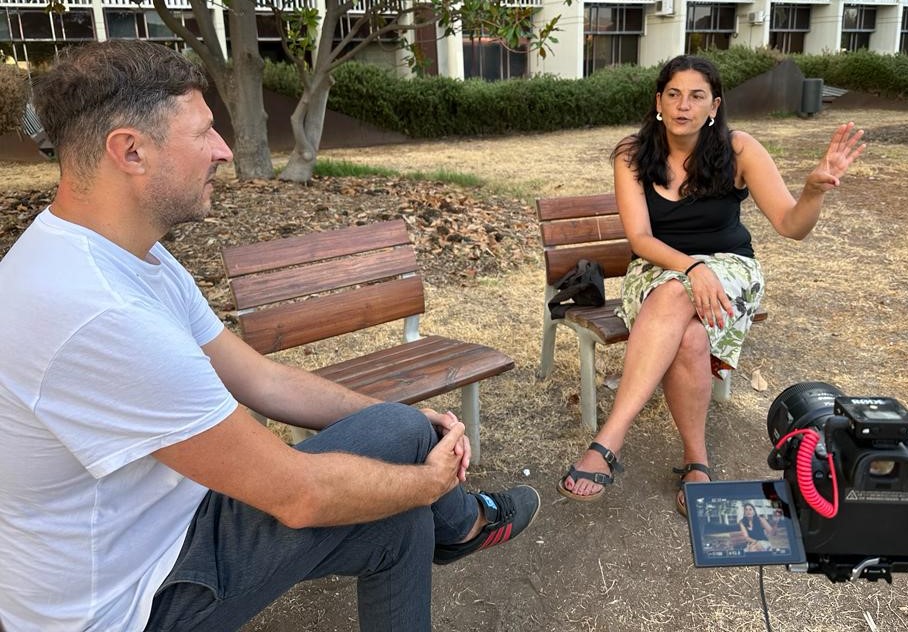
Attention to green-blue infrastructure is a tradition for the metropolitan area. The AMB structure for green spaces has been in charge of quality control since 2000. At the end of every month, the parks are visited by a team of 5 people and everything starting from the trees to the pavements is checked. What they do differently is that they don’t sign contracts with the companies that specialize in the landscaping of the park on a certain number of trees, bushes or portions of the park. To ensure quality at the total level of the green space, subcontracting is done per square meter. This example was taken up in other regions of Spain after observing what the parks in the Barcelona area look like.
There are 52 parks in 34 municipalities with two more about to be developed. In total, there are 300 hectares of green space directly managed by AMB. The team consists of 13 technicians working in departments such as vegetation care, public works, landscaping, energy, water and irrigation management. When a park is designed, biodiversity is emphasized in addition to the leisure function. There are places for the birds to make a nest, refuges for them to hide for peace and water sources to cool off on hot days.
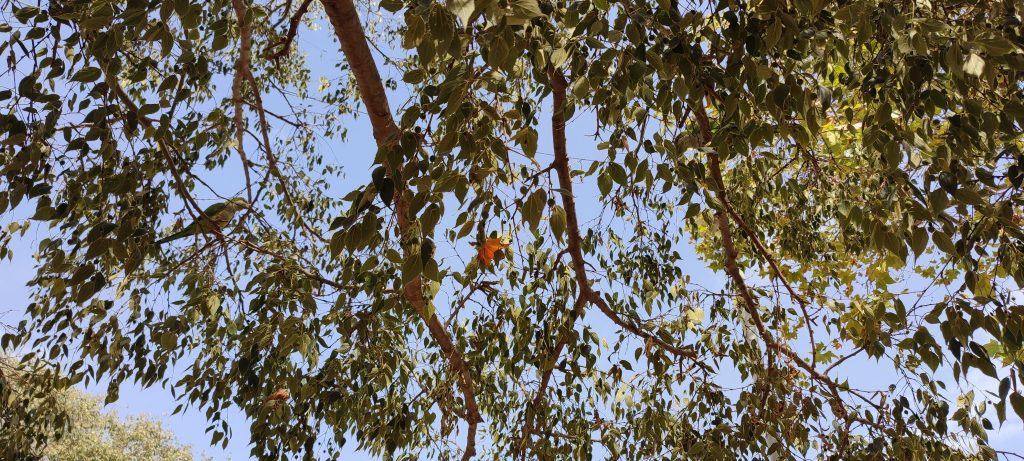
Parks are seen as climatic refuges in a city and AMB pays special attention to the part of connecting with nature. Oils are used instead of paint for urban furniture, in order to increase the level of clean air in the vicinity there are placed some charging stations for electric cars and traveling by public transport or on foot is encouraged. The total budget that goes only to the parks is 40 million euros, where we can add another 12.5 million for their maintenance. Considering the area and the fact that botanical parks require more expensive care than historical ones, on average we can talk about a cost of 3.5-5 euros per square meter.
Because we cannot hope to keep cities green without green habits, educating people and instilling respect for the environment must go hand in hand. For this reason, AMB organizes activities in parks. There are bicycle tours organized to discover the points of interest in the area, classes are held about the local fauna and flora, information is provided about climate change and how we can fight it, or there are activities promoting local agricultural products.
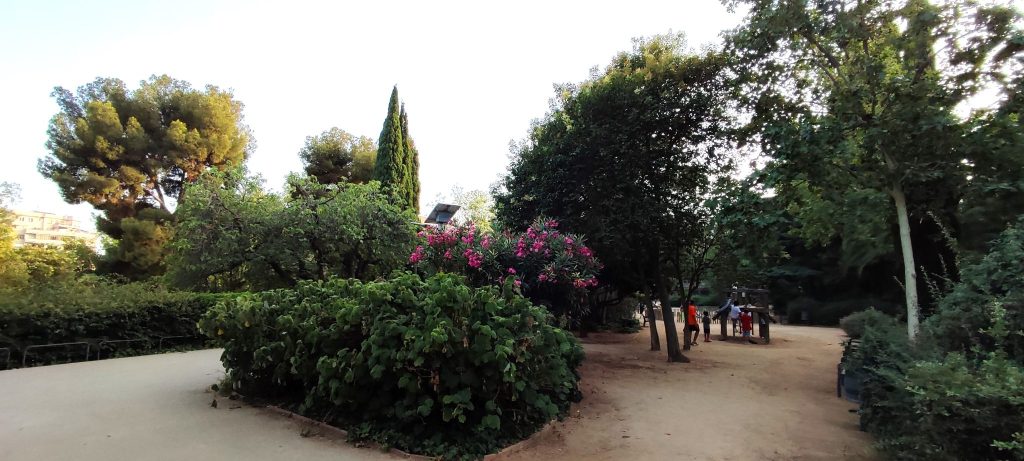
During our days in the Barcelona Metropolitan Area, we visited several parks where we saw people enjoying nature, walking along the paths, watching parrots flying from one tree to another, doing yoga or eating at a picnic. What is special about AMB is the way in which these spaces are managed and the fact that habits have been created for people to come regularly, collect waste in the designed spaces and even send reports when things are not up to the standards.
This article is part of the EU Commission project Functional Areas in the EU

